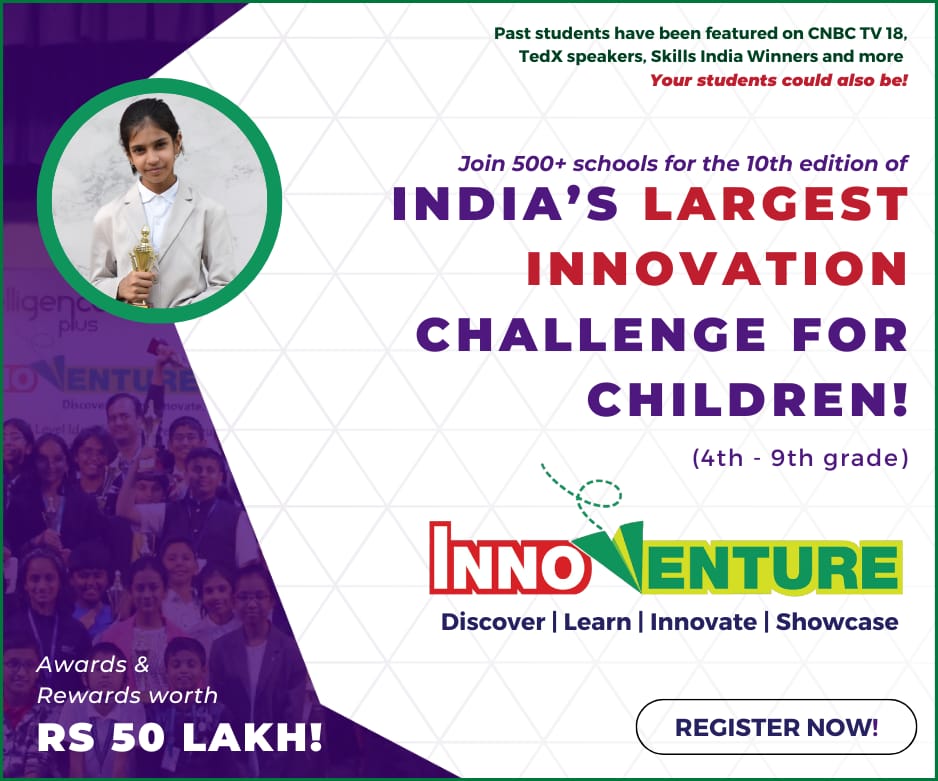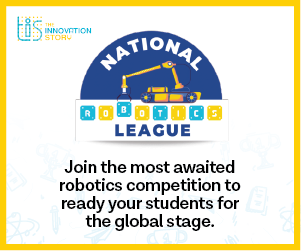As Heraclitus famously noted, “The only constant in life is change”. In today’s dynamic world, traditional learning methods are no longer relevant. Emerging technologies like Blockchain, AI/ML, Big Data, Cloud computing, IoT, Quantum computing and AR/VR is rapidly reshaping the business models. Given the scenario, the leaders of tomorrow will require different and constantly evolving skillset to operate in this dynamic environment. Top Business Schools around the world have identified this shift and have started ‘Innovation Centers’ to address these changing needs.
What is an Innovation Center?
Innovation has no boundaries but under right guidance, culture, focused problem solving, and better ecosystem support it can be nurtured at larger scale. ‘Innovation Center’ is cross functional, multi-disciplinary set up which creates safe-heaven for disruptive ideas. It is geared towards increasing collaboration and fostering innovation culture by exploring, curating, sharing and validating ideas.
Innovation Centers can be broadly divided into three categories, ‘Multi-Disciplinary’, ‘Industry Partnership Driven’ and ‘Entrepreneurship focused.’
Multi-Disciplinary Innovation Centers focus on exposing students to various problems across different industry and knowledge verticals. Faculties and Industry mentors from different verticals share the insights into industry operations, business problems and opportunities.
Industry focused Innovation Centers on the other hand are more focused on a particular industry and often co-sponsored by a corporate or an industry association. They are geared towards nurturing industry specific skills and often results in employment at sponsoring organizations.
Entrepreneurship focused Innovation Centers are gaining popularity. Here students learn entire startup lifecycle management. They focus on identifying & validating problem statement, market research and segmentation, design thinking & product feature engineering, understanding complex customer & competitor dynamics, raising fund and manage growth.
Methods and techniques adopted:
Faculty, student and industry interaction is mainly determined by the theme of innovation center. Under Idea validation stage, students conduct field study, market research, and customer interviews. This allows them to articulate the problem statement better and identify the right opportunities. Second step is to understand various possible solutions for a given problem and evaluate viability and feasibility of the same. Digital Design Thinking & UI/UX plays very critical role in success of digital products.
Next step is to do prototyping and usability analysis. Mentorship is particularly useful to make solution compliant with regulations and the industry best practices. In case of Industry driven Innovation Center, test pilot is run with the sponsoring organizations. Organizations like NVIDIA, Microsoft, Google, IBM and Amazon also provide hardware and software to allow students to have hands on experience with cutting edge technologies.
Focus throughout the innovation journey is to foster creativity and cultivate leadership skills. In some of the innovation centers, ‘role playing’ mechanism is used to identify how participants reacts to different roles and responsibilities.
Industry is rapidly changing. We need to invest in future leaders and we need to create more ‘employers’ rather than employees. Innovation Centers provide both formal and informal mechanism to sandbox innovation and promote entrepreneurship.
By Vikram Pandya, Director – Fintech, S P Jain School of Global Management.
























